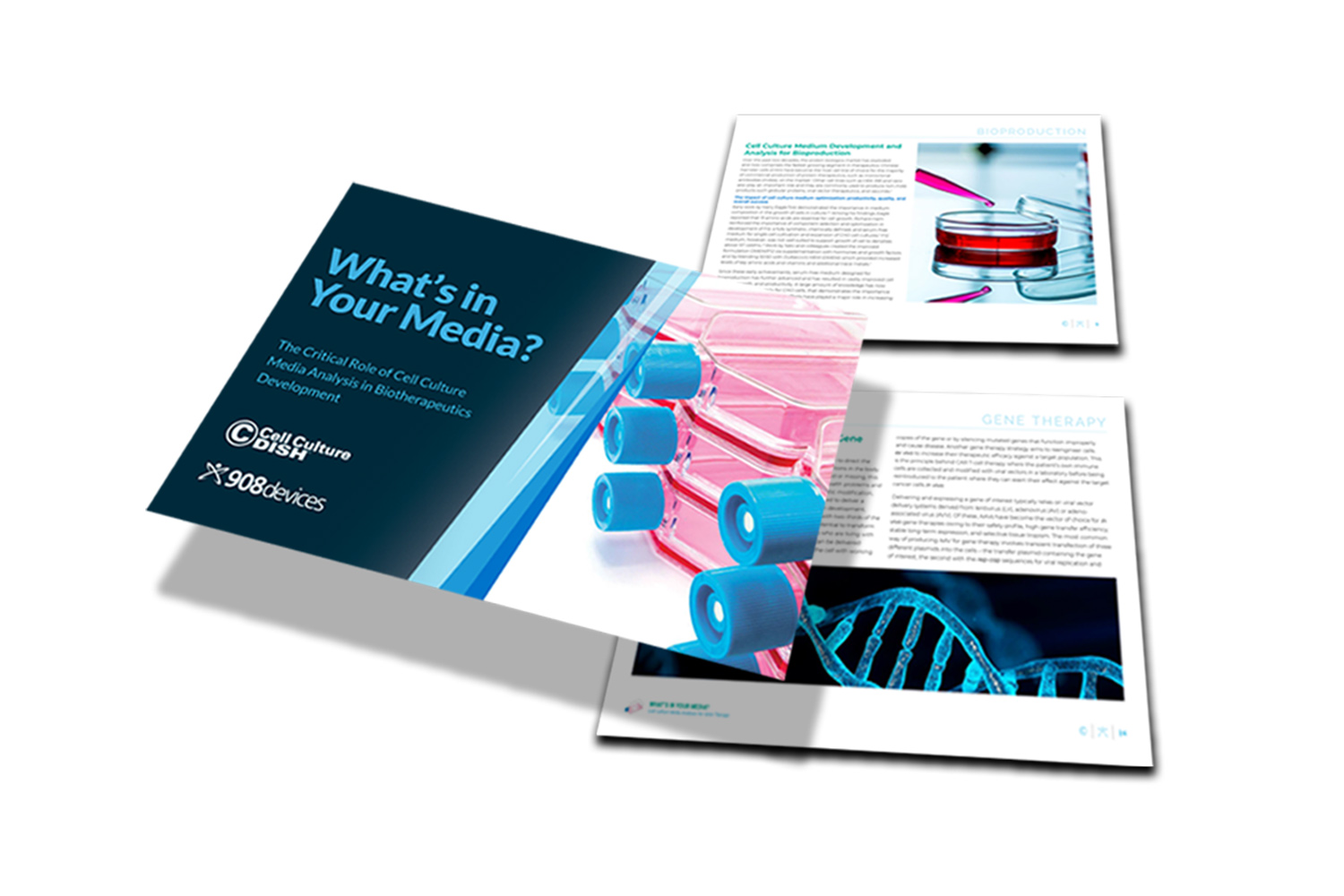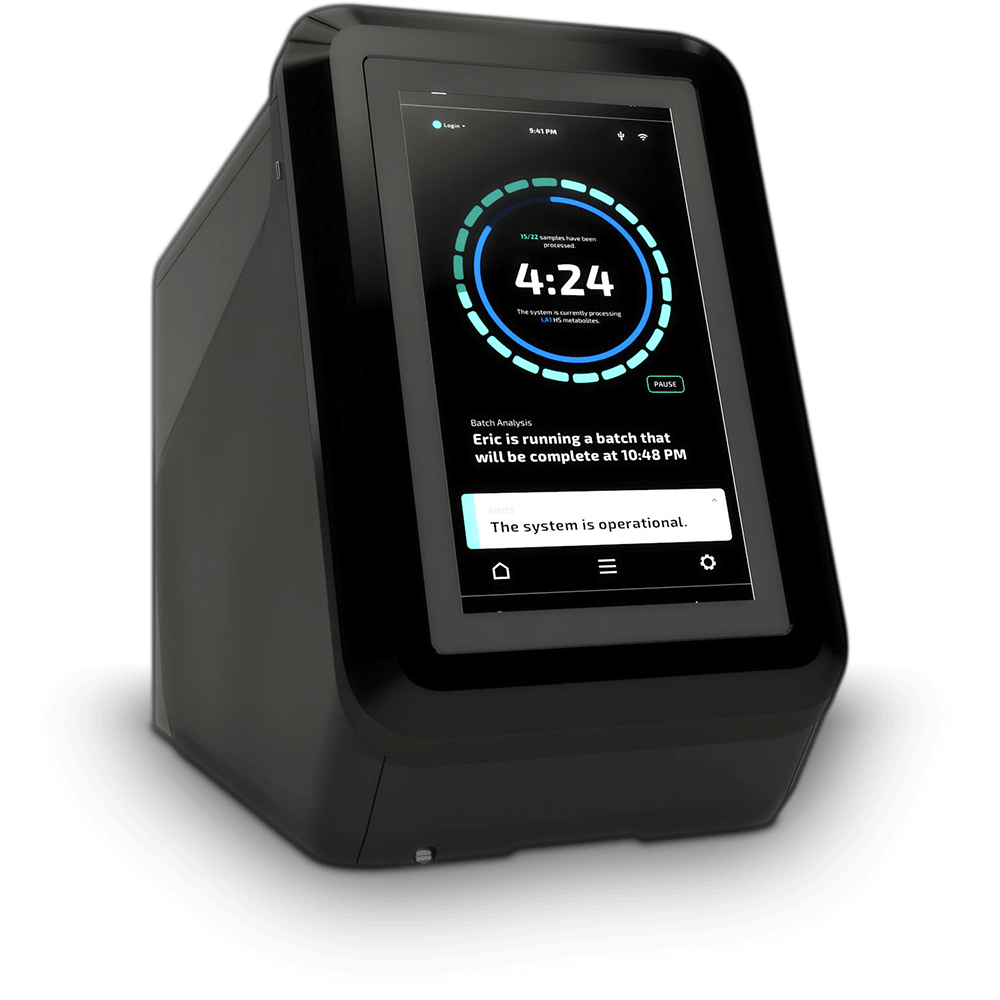Efficient viral vector production is a key element for gene therapy manufacturing where improving overall yield of functional full capsids containing the desired genetic payload is still the biggest hurdle.
Typical workflow for AAV production and lentivirus production begin upstream where adherent HEK293 cells, cultured in serum-containing medium, undergo transient transfection with plasmids encoding the main building blocks of the desired viral vector. Viral particles are produced by the HEK293 cells, harvested and put into downstream purification processes. Broadly speaking, one of the main challenges in meeting the high titers required by the industry is how to effectively move from small to large scale commercial viral vector manufacturing in a reliable and reproducible manner while still maintaining critical quality attributes (CQAs).
The complexity of viral vectors —significantly more complex than recombinant proteins, has posed biomanufacturing challenges both upstream and downstream including scalability, productivity, and overall lack of robustness1. To develop long-term solutions to these problems, manufacturers are looking to optimize both the producer cells and the culture media they are grown in and the mode of culture (adherent vs suspension, fed-batch vs perfusion)2.
Viral Vector Productivity
The biggest hurdle in viral vector production is yield, not only to increase overall viral titer, but also a need to maximize the full capsids that contains the gene of interest as opposed to partial or empty capsids. Simply put, the more empty capsids there are, the less overall yield. However, the impact of cell culture medium on empty vs. full capsid production is not well defined or understood.
Particularly with AAV vectors, there is a propensity to package any available DNA sequence, which results in capsids that contain illegitimate DNA sequences from the host cell DNA and plasmid DNA or fragmented pieces of the gene of interest. Grimm and colleagues3 first reported that only a small percentage (1.7–20%) of the AAV particles generated in cell culture by transient transfection actually contain vector genomes, the majority corresponding to empty capsids. While we have made significant progress in our understanding of viral capsids as vector technology becomes more mature, the impact of different manufacturing processes on capsid processing, such as post-translational modifications (PTM) are still evolving. Identification of molecular features required for efficient packaging, and modification of production plasmids and the specific culture conditions that can increase the proportion of full capsids can help enhance productivity as well3. The inefficiencies in viral vector production and the noticeable productivity gap compared to other recombinant proteins like monoclonal antibodies is that bioproduction processes for these mature therapeutics have been subjected to years of intense cell culture process development and optimization to define improved media, nutrients, and conditions3. Similar efforts using these approaches that have been effective for other biotherapeutics may substantially improve AAV specific productivity in cell culture.
References
- Mirasol F. Modernizing Bioprocessing for Gene Therapy Viral Vectors. Pharmaceutical Technology 2020;44(10):28–33
- Vaccine. 2015 Nov 4;33(44):5974-81. doi: 10.1016/j.vaccine.2015.05.097. Epub 2015 Jun 11. Influence of HEK293 metabolism on the production of viral vectors and vaccine Emma Petiot 1, Miroslava Cuperlovic-Culf 2, Chun Fang Shen 2, Amine Kamen 3
- Grimm D, Kern A, Pawlita M, Ferrari F, Samulski R, Kleinschmidt J. Titration of AAV-2 particles via a novel capsid ELISA: packaging of genomes can limit production of recombinant AAV-2. Gene Ther. 1999;6(7):1322-1330. doi:10.1038/sj.gt.3300946


